Top natual light photography tips from Amateur Photographer’s Technique editor, Phil Hall:
1. Background and location

Background can play a huge part in the success of a shot
Settling on a good location is important when preparing a shoot. Look for interesting shapes or elements that can frame your subjects, or think about a location that either contrasts or complements them, as this will play a huge part in the final feel of the image.
Try to avoid introducing too much clutter into the frame, even if you plan to use a shallow depth of field, as it can result in too many distracting elements.
2. Light

If it’s bright, look for some shade to avoid unflattering shadows
Harsh light from the sun when it is high in the sky is best avoided, as the deep shadows created across the subject’s face won’t be that flattering. Cloudy, flat days – while shunned by landscape photographers – are ideal conditions for natural light portraits as the clouds act as a huge diffuser, rendering pleasing soft light on your subject.
If you’re stuck with bright conditions on the day of the shoot, try to move into the shade, such as under a tree. Alternatively, look to shoot in the shadow of a building to avoid the full-on intensity of the sun.
Sometimes, none of this will be possible, so you might want to use your own diffuser to soften the light, with dedicated options available, or improvised options such as light-translucent sheets to do the job.
With the sun lower in the sky later in the day, think about shooting into the light for a striking contre-jour effect, with a reflector to help balance the exposure.
3. Reflectors

Without a reflector, the eyes look a little dull
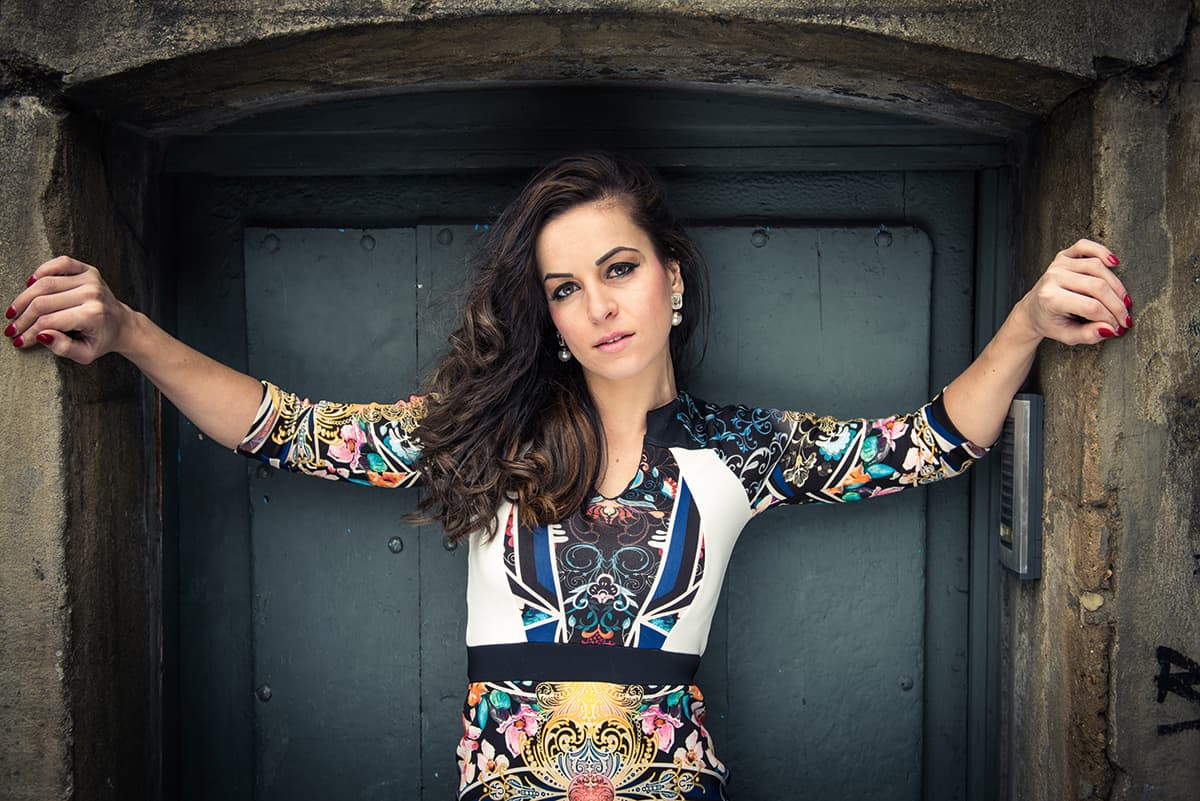
Adding a silver reflector has lifted this shot
Whether you need to lighten your subject or simply lift the shadows in your shot, reflectors can be a useful accessory to keep in your camera bag. They come in a variety of surface colours, but the three most popular are white, silver and gold.
Of the three, white delivers the most subtle results, with silver providing a bit more punch and gold offering a warmer look. A lot of reflectors come with different surfaces on either side, so you can have white and silver, or silver and gold, for instance. It’s a matter of personal choice.
4. Composition and posing
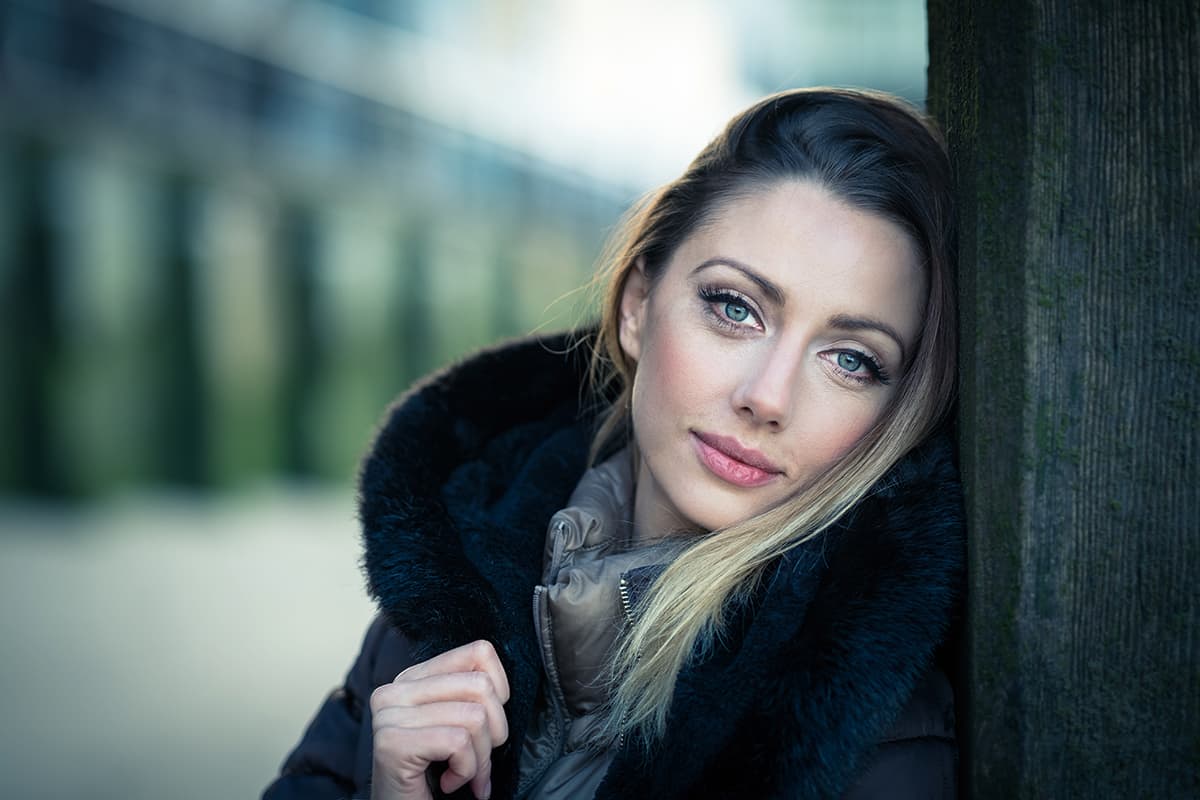
Make your subject feel relaxed, and don’t be afraid to give direction
Asking someone to stand in front of the camera can make them feel uncomfortable, so try to bring elements of the background into play. If your subject has something to hold on to or lean against, you’ll soon find that their poses look a lot more relaxed and natural.
Don’t be afraid to direct them, either, telling them how you want them to pose, what you want them to do with their hands, how to angle their head, and in what direction you want their eyes to be looking. You’ll give them confidence, and you’ll get the shots you want.
5. Focusing
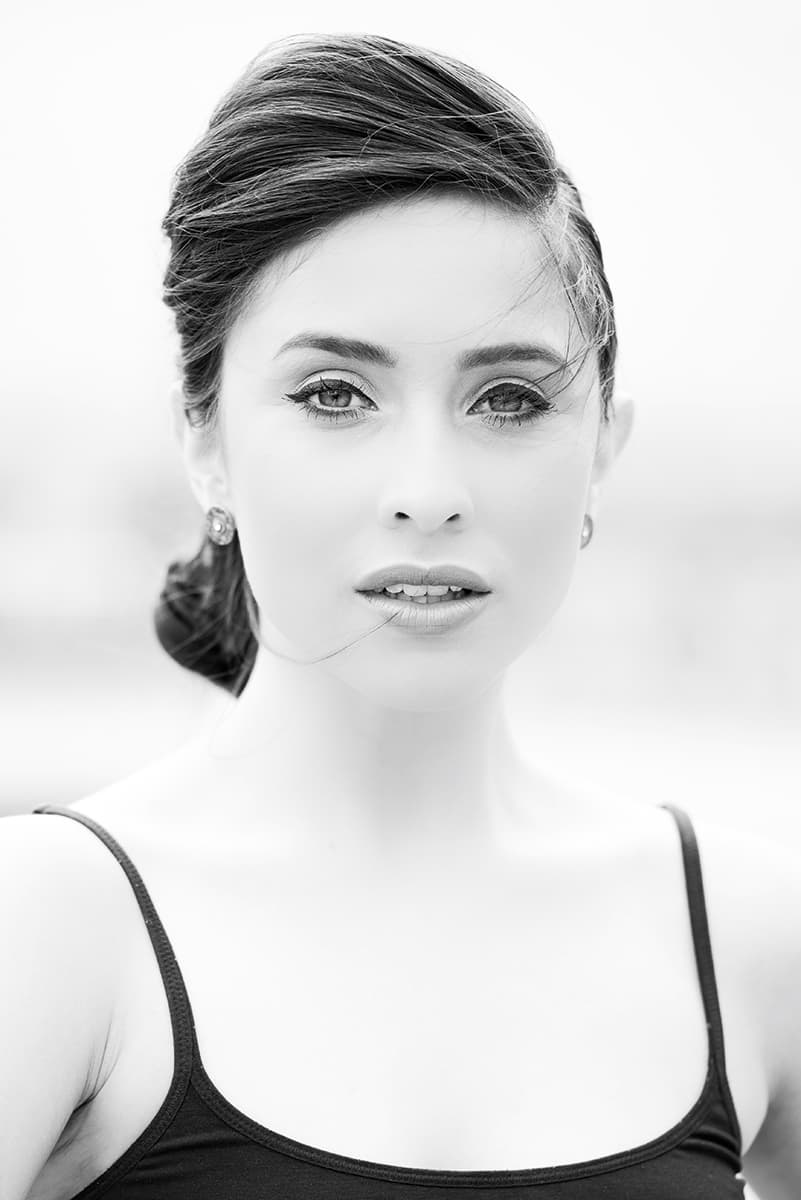
Ensure you focus on the eyes
Focusing should be locked on the eyes, with the bias towards the closest eye if you’re not shooting flat on. Focusing is critical, especially if you’re going to be working with large apertures. If your camera is blessed with multiple AF points, you may find you can toggle to the desired AF point that’s overlaid on the desired eye. Otherwise, set focus with the central AF before recomposing. Provided your subject’s not going to move, then single-servo AF will be fine, although you might want to think about manually focusing to ensure you’ve got the focus spot on. It’s all too easy to lock focus on the eyelash and not the pupil.
We asked two portrait photographers to share their most useful natural light photography tips. Find out what they had to say in the following tips, below.
Stuart Freedman
Stuart is a well-known documentary, travel and commercial photographer whose work has been published in Life, Geo, Time, Der Spiegel, Newsweek, The Sunday Times Magazine and Paris Match, covering stories ranging from Albania to Afghanistan, and from the former Yugoslavia to Haiti. His work on HIV/AIDS in Rwanda, and from post-conflict south Lebanon, has toured extensively around the world. Stuart’s latest book, The Palaces of Memory, is a love letter to Indian coffee houses. It’s published by Dewi Lewis. For more, visit www.stuartfreedman.com
6. Watch how the light falls

Pay particular attention to see how light falls on your subjects and their surroundings
I shot transparency for a long time, so I am careful to see how light falls on people. In classic reportage, you don’t really move people, so you have to work with whatever light you have. Light heavily diffused from the side always works nicely when you are taking natural-light portraits, so keep your eyes open for possibilities.
7. Keep it simple
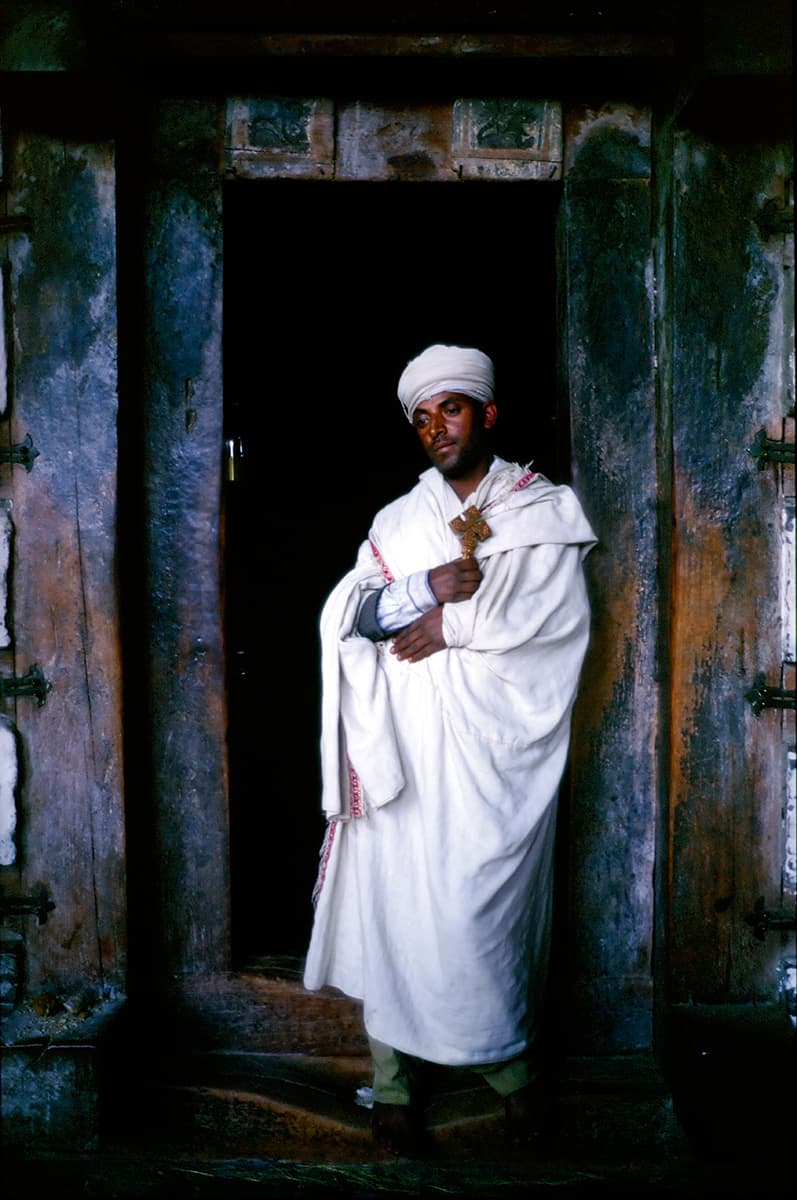
A humble 50mm lens is ideal for natural-light portraits
I shot about 80% of the Indian coffee house project on a standard 50mm lens. That forces you to think in a simplistic way. My aim with the available light portraits I take is to make them as simple and as straightforward as possible without detracting from the subject. The only other lenses I used for the project were a 35mm and, occasionally, a 100mm.
8. Not all light is created equal
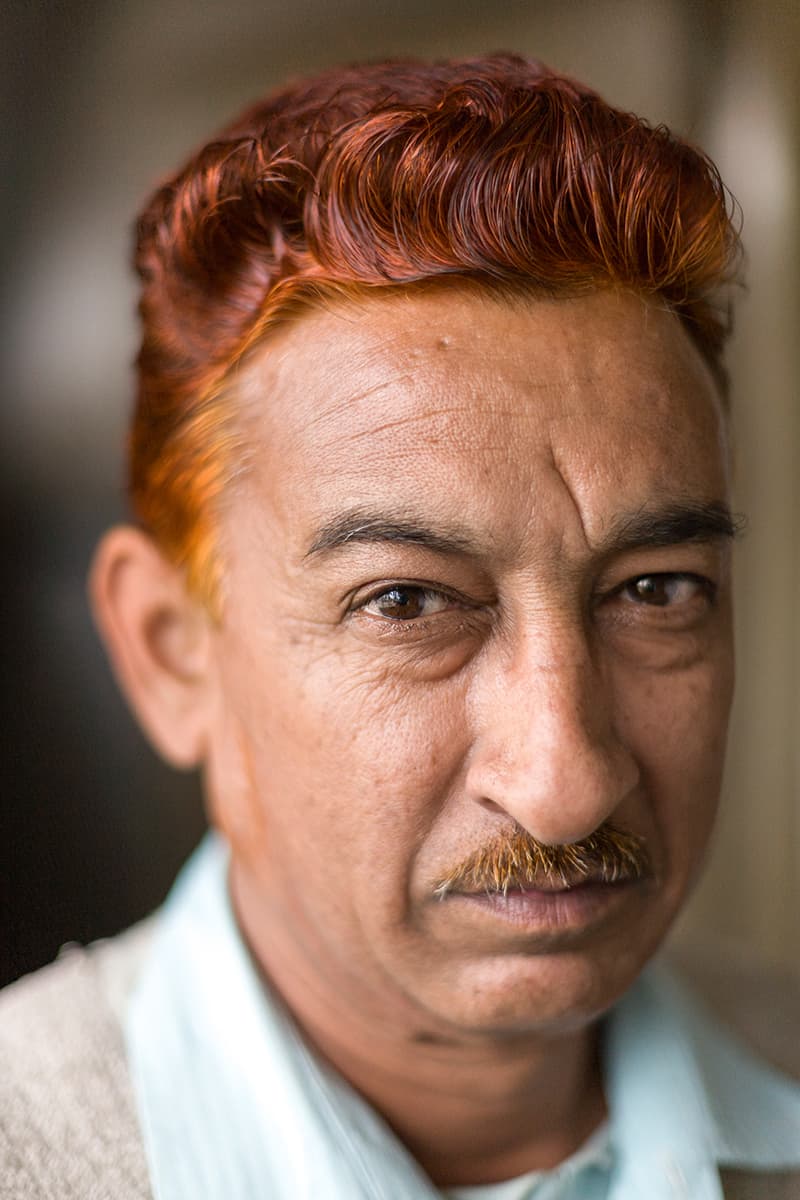
Light heavily diffused from one side always works well
Most of my career has been spent in the developing world, particularly in Africa and Asia. I try to get up before sunrise to shoot things at dawn when the light is soft. It’s not as good as afternoon light, and you have to get up really early, but the light is more diffused. The later you go through the day, particularly as you get close to midday, the harder it is to work outside. I tend to be inside in the middle of the day if I can.
9. Don’t hand control over to the camera
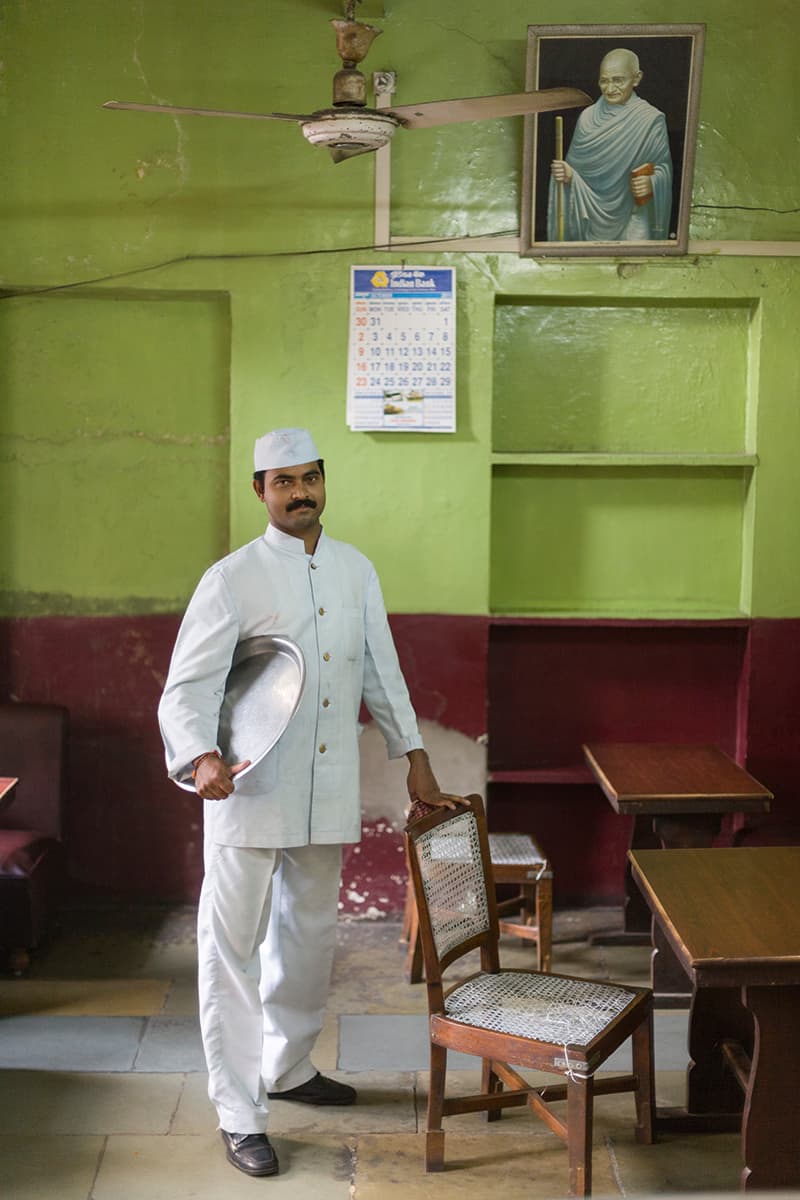
I often use a handheld exposure meter when shooting in natural light. It’s another hangover from shooting transparency film for so many years. I like to measure exactly what’s happening so I can shave off a quarter, or a half stop, here or there. I like to be in control as much as I can, so I shoot in manual mode, mostly with a prime lens.
10. Be aware of how the light affects shape
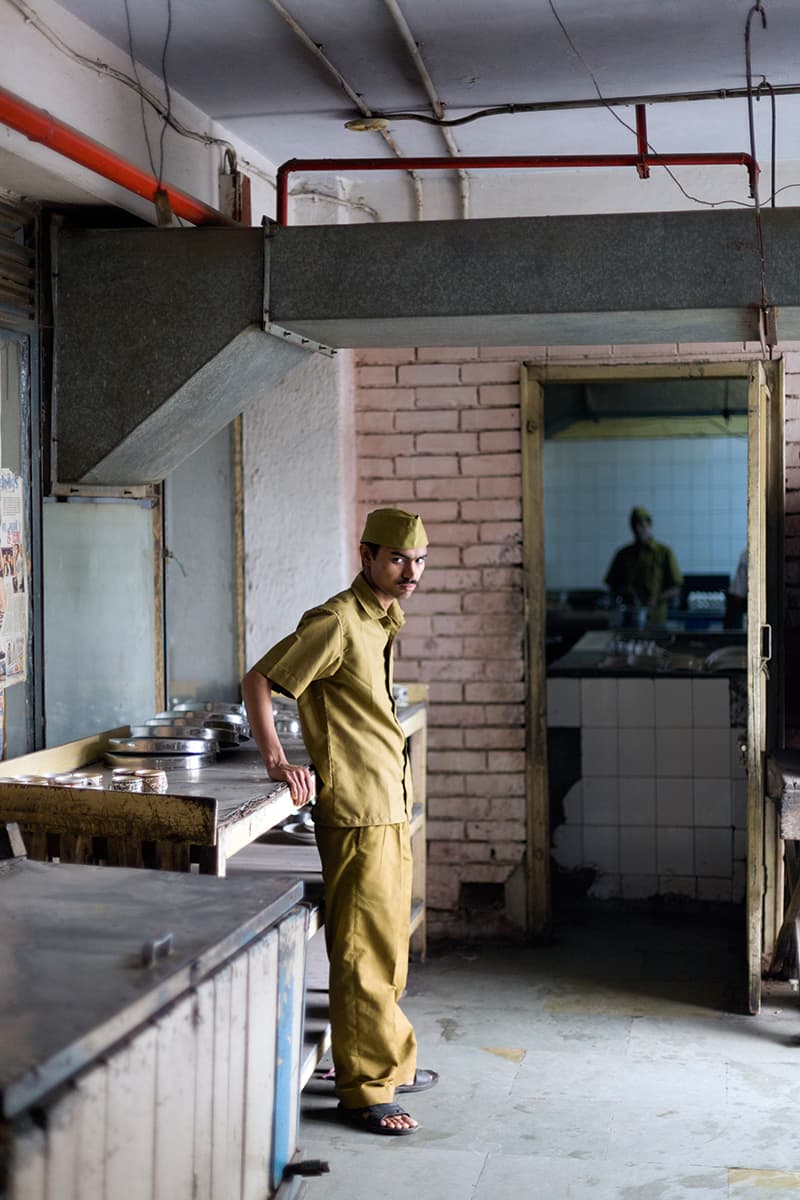
You have to look carefully at how the light is sculpting shape. You should try to accentuate what is there, not create a different look. Natural light is about capturing something as it is, not about creating a different effect on it.
11. Watch where people are sitting

Sometimes I ask people to move to better light, but it depends on whether I am shooting portraits or reportage. In reportage I try not to move people and work with the light in front of me. Once you start moving people around, there are issues with ethics and the veracity of the story you are trying to tell. I don’t think I asked anybody to move in the Indian coffee house project. It was shot about 90% indoors, and in coffee houses people will either sit in the middle of the room or near a window. If you are lucky and they sit next to a window, you have a massive softbox, which is perfect.
12. Be adventurous with ISO

Don’t be afraid to crank up the ISO on your camera to get the shot you want
Because of my film background, I still think in terms of film speeds and used to be very nervous about going over ISO 1,600. I don’t think I went above this level for the whole Indian coffee house project. This meant I was sometimes shooting at what I call ‘Hail Mary’ speeds, sometimes below 1/60sec (I call them Hail Mary speeds because you are praying the shot is sharp enough, and that you hold the camera steady enough). I’m a bit more adventurous now as I shoot with the Canon EOS 5D Mark III. I have just come back from Central America and was taking natural-light portraits at ISO 2,500 and 3,000, which is really different for me. I was pleased with the results, so while I try to keep ISO down, I don’t underestimate what cameras can do.
Lisa Aldersley
Based in the Lake District, Lisa is a wedding and portrait photographer whose subjects include Sir Ian McKellen and Queen Elizabeth. Her wedding images have featured in Condé Nast Bride, Cheshire Bride, Yorkshire Bride, Pure Weddings and Bride Magazine. Indeed, the editor of Bride Magazine even asked Lisa to shoot her wedding. Visit www.la-photography.co.uk
13. Learn to love natural light
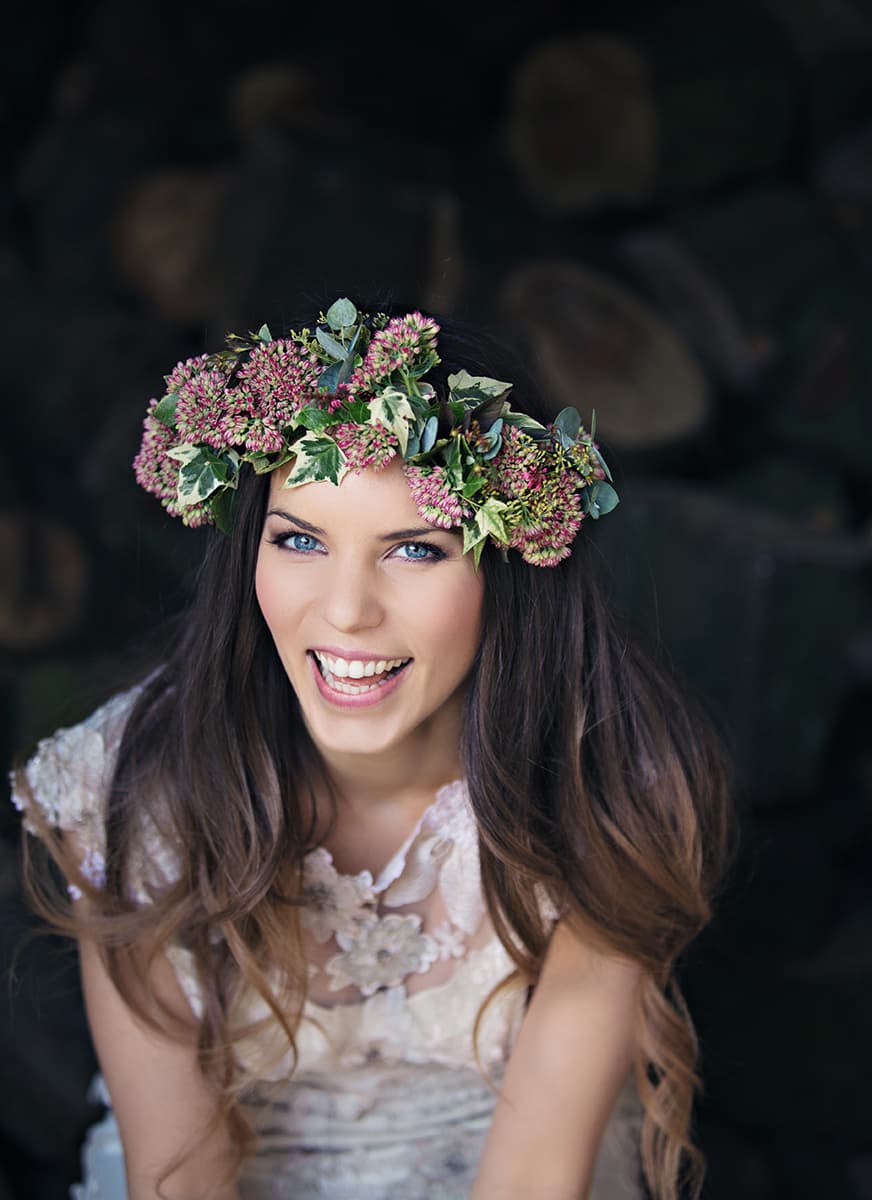
Natural light can be very flattering on skin
Natural light is very flattering on skin, which is important if you are shooting women. I find that studios constrain people. They develop a camera face and the studio environment can be intimidating if you’re not used to being photographed. I like how light changes, too. I often do two couple shoots at a wedding; one after the ceremony and another later in the day. In summer, around 7-8pm, the light has a lovely softness to it. I use my 135mm at f/2 a lot for couple portraits at this time – it’s my favourite lens of all time.
14. Drop everything for the light

Become obsessive about the light, so you are ready to shoot when it’s perfect
I have learned to see light and have become obsessive about it. It takes a while, but eventually the penny drops and you start to see good light everywhere. Once I find great natural light, I drop everything. I shot a wedding in Portugal last year that was an early ceremony, so the light was fierce all day. The wedding breakfast was on a rooftop, so I was up there shooting when the light changed. It was so soft and golden that I asked the bride and groom to skip pudding and come out for photos. I will also move a bride into the window light when she’s having her hair and make-up done.
15. Shooting with natural light is more discreet
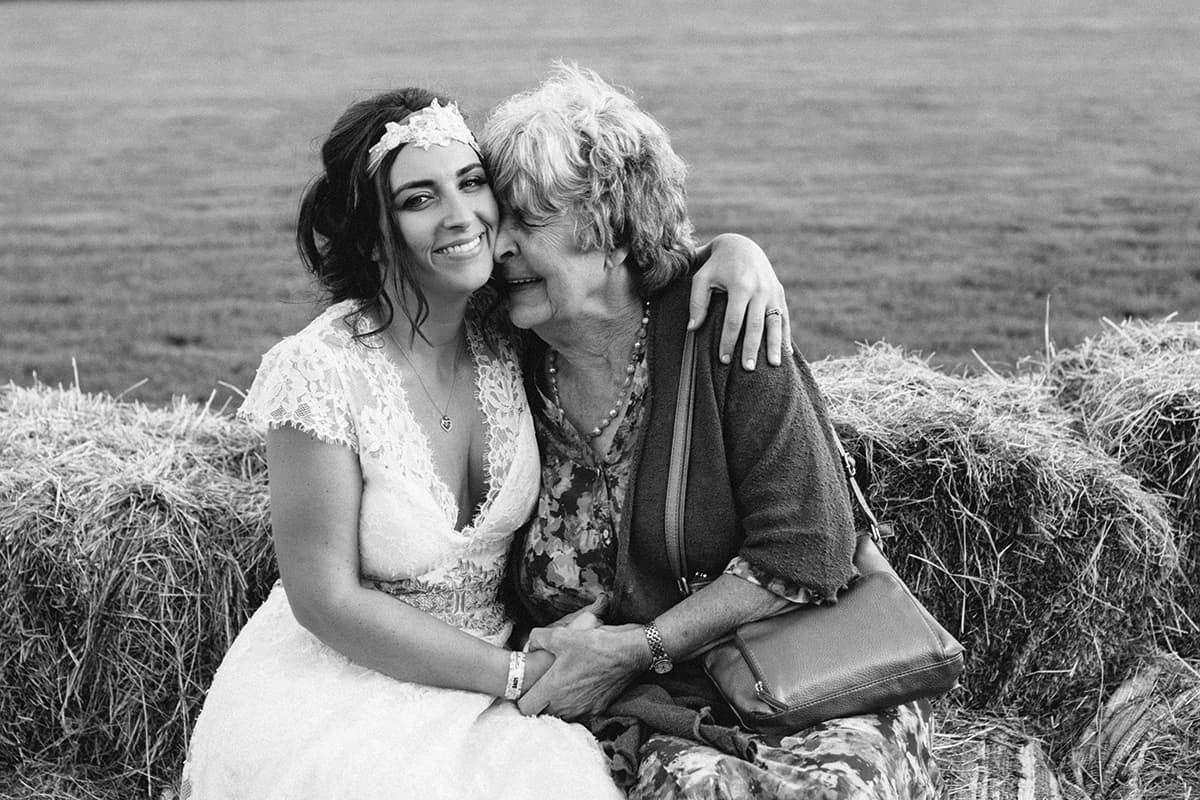
Natural light is much more discreet than flash
One of the reasons I don’t use fill flash is because it draws attention to me, the photographer. I like to be as unobtrusive as possible, finding those lovely moments when people are wearing their real face, laughing and enjoying themselves. I like highlights and shadows, as real life looks like that to me. The minute a powerful flash is fired, everyone knows you’re there and tend to turn their backs slightly. I’m probably going to get into hot water for this, but off-camera flash seems like a very male thing. Men love gear and gadgets and experimenting with them. That said, I always carry a couple of Speedlites with me just in case. I mostly use them during the wedding speeches and the dancing.
16. Pump up the ISO
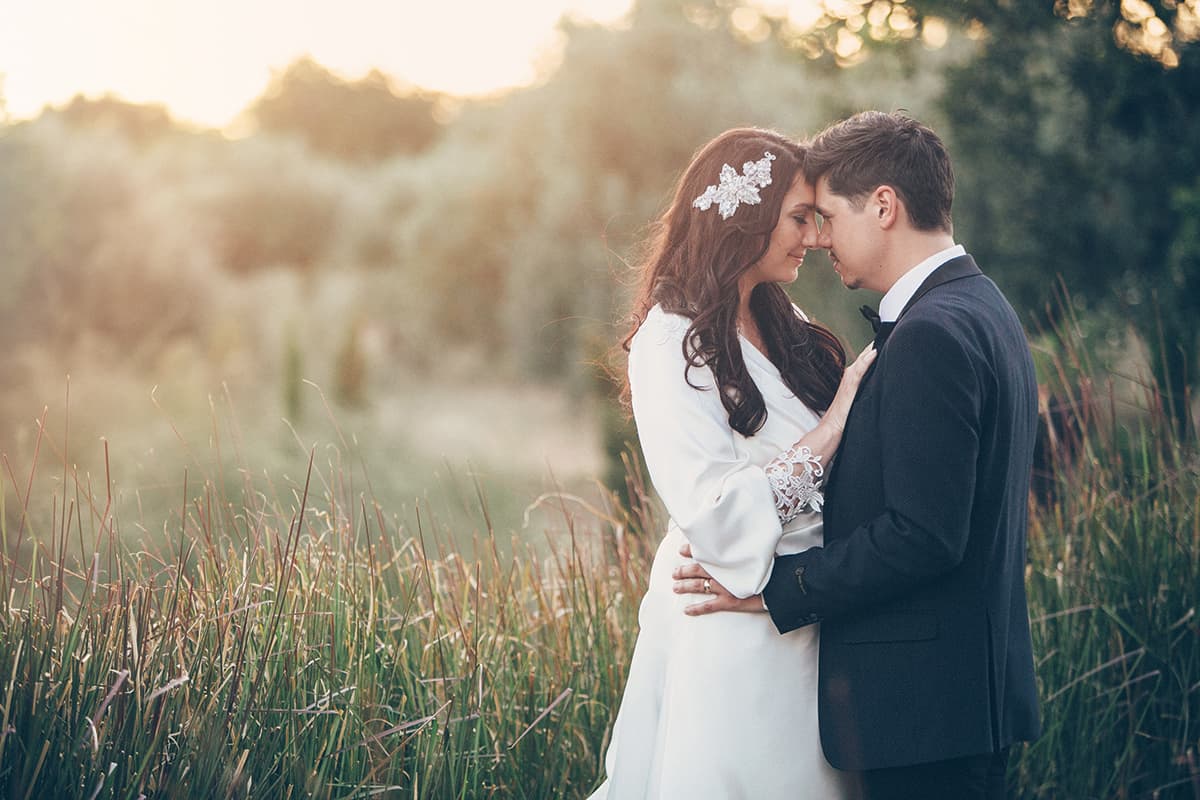
Fast telephoto prime lenses can produce a lovely romantic feel when used wide open
When the light is failing, I fall back on my aperture and ISO settings. I mostly shoot with prime lenses and will shoot at f/2 quite often. As mentioned, my favourite lens is the Canon 135mm f/2 as the couple don’t feel I am right next to them. I can shoot wide open when I am further away, again getting that lovely romantic feel. I will also set the ISO up to 12,000 if I have to. I’m not thrilled about being that high, but I will use it inside a church when there is no alternative and I can’t use flash. When taking portraits, I wouldn’t work in such bad light to begin with, and I would be more in control. The most I will push the ISO with portraits is 2,000 or 3,000.
17. Seek out top shade

Evening backlighting can produce wonderful results
I love to shoot with top shade, with soft light coming from the front. This makes the eyes sparkle and is very flattering on skin. I also love to shoot directly into a low sun, which is best done in the evening when the sun is setting. You get a lovely golden glow with lens flare and a slight overexposure, and it’s very romantic for couple photographs. I will often arrange pre-wedding shots in the summer, and it’s always worth it.
Kit list
Prime lens

An 85mm or equivalent lens is ideal for flattering portraits, with the fast maximum aperture of f/1.4 or f/1.8 ideal for isolating your subject, as well as offering extra versatility in low light.
Reflector

Various reflectors are available, but something like a white/silver or silver/gold combination will give you options to bounce light back onto your subject.
Monopod
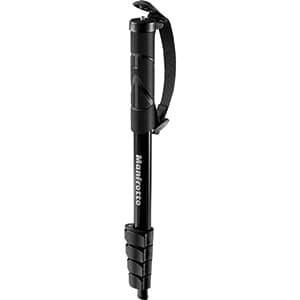
This is not essential, but it can be handy when working in poor light if you want to ensure pin-sharp shots.
Diffuser

If you’re shooting under clear skies and can’t find a shady spot, a diffuser will help soften the harsh light. Dedicated diffusers are available, but if you haven’t got one to hand a translucent piece of white cloth will do the job.








